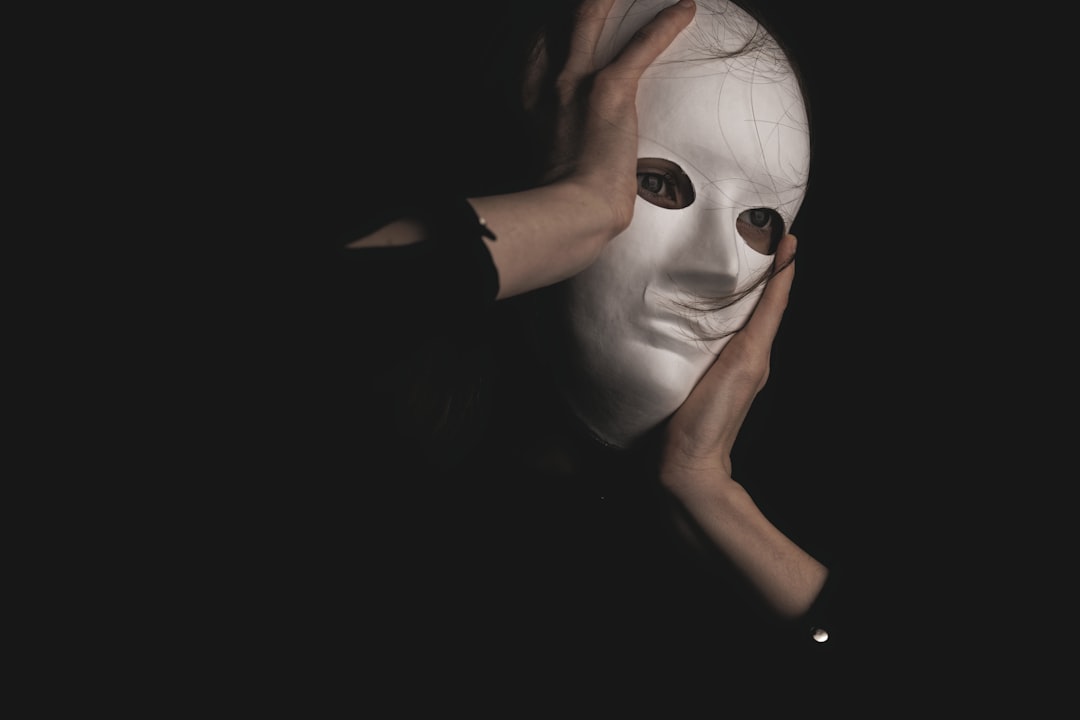What is it about?
We wanted to see if anxiety can trigger ritual behavior. We recruited 62 male and female undergraduate students and randomly assigned them to either a high anxiety or low anxiety group. To induce high anxiety, the students were asked to prepare a speech about a decorative object – we used a metal sculpture – which should be presented before a panel of experts. The low anxiety group was asked only to think about the object. Both groups were then asked to clean the sculpture at the conclusion of their task. All participants wore a wrist accelerometer, which measured hand motions during the cleaning process. What we found was that more anxious participants used movements that can be described as ritualized, restricted only to a few type of movements that were repeated. On the other hand, participants that were not stressed used more variable movements while cleaning the sculpture. We think that people use ritual behavior in order to decrease their anxiety from stressful situations.
Featured Image
Why is it important?
We demonstrated the first scientific evidence that there is a link between anxiety and ritualized behavior. We found that when people experience anxiety, they tend to behave in a ritual like fashion. As humans our goal is to be able to predict and adapt to what is going on and when we can’t do that, it causes anxiety. Performing rituals consisting of actions that are done in a specific order might be a way how people try to get control over their environment and decrease anxiety.
Read the Original
This page is a summary of: Effects of Anxiety on Spontaneous Ritualized Behavior, Current Biology, July 2015, Elsevier,
DOI: 10.1016/j.cub.2015.05.049.
You can read the full text:
Contributors
Be the first to contribute to this page










